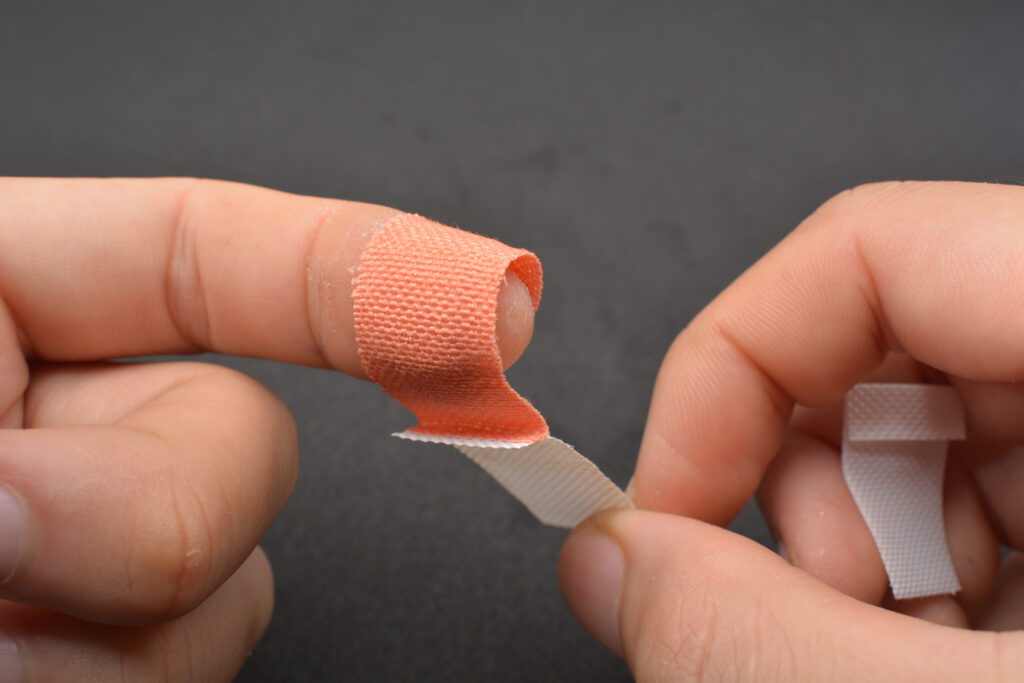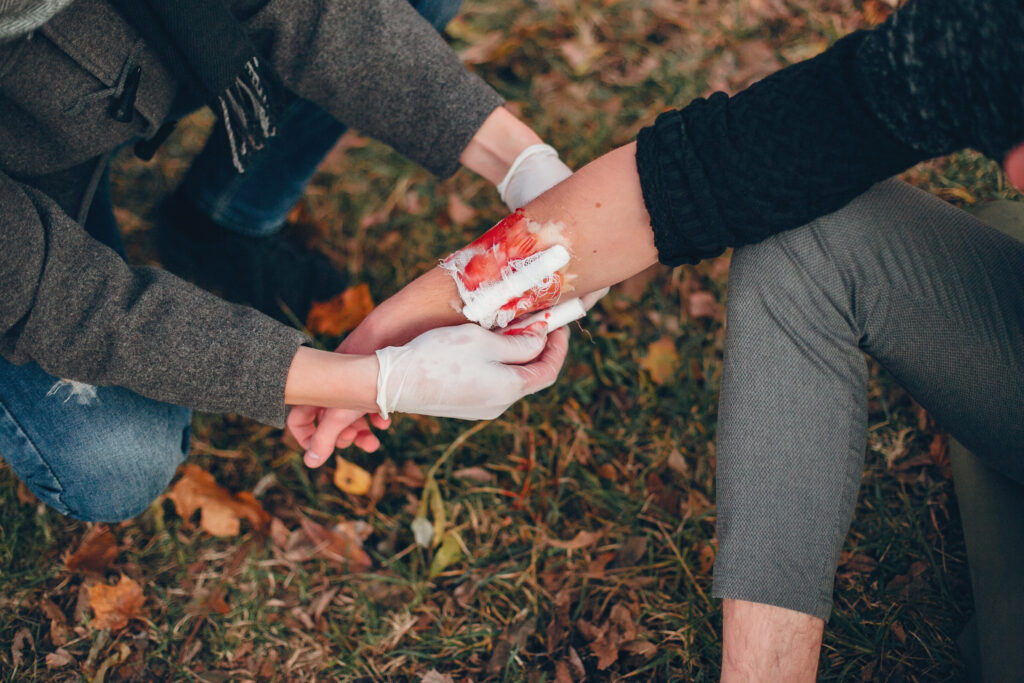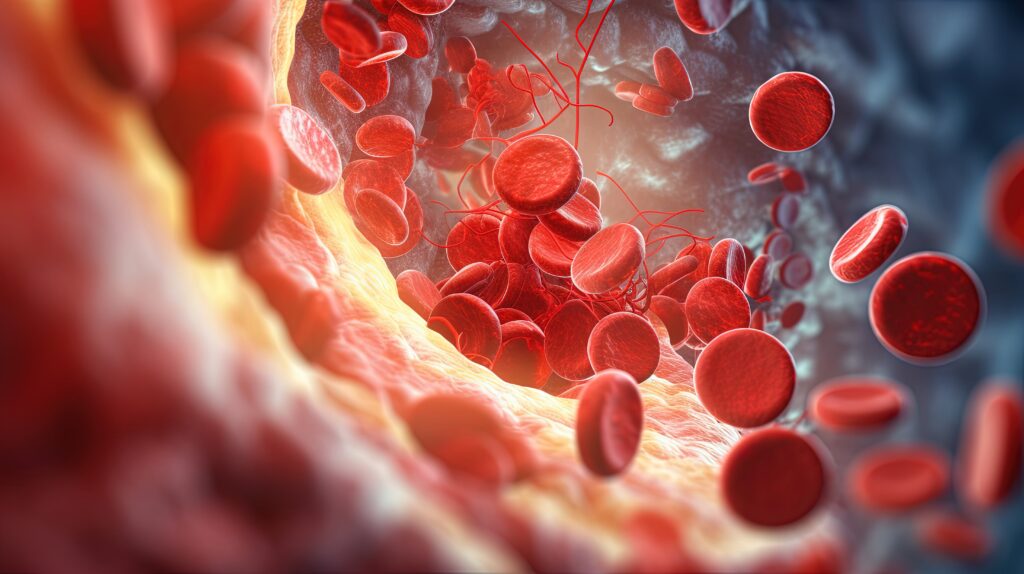A “puncture wound” refers to a cut resulting from the penetration of the skin and underlying tissue by a sharp object such as a nail or can also be caused by bites from animals or humans. Compared to other minor wounds, puncture wounds have a higher likelihood of becoming infected.
Table of Contents
What is an open wound?
An open wound refers to an injury that results in a disruption of body tissue, whether on the surface or internally, typically involving the skin. Nearly everyone encounters an open wound at some point in their life, and the majority of these wounds are minor, manageable with home care.
Common causes of open wounds include falls, accidents involving sharp objects, and car accidents. In the event of a severe accident, immediate medical attention is advisable, especially if there is significant bleeding or if bleeding persists for more than 20 minutes.
What are the different types of open wounds?
What are the different types of open wounds?
There are four distinct types of open wounds, each categorized based on its origin:
- Abrasion: An abrasion takes place when the skin rubs or scrapes against a rough or hard surface, such as in cases of road rash. While there is typically minimal bleeding, it’s crucial to thoroughly clean and scrub the wound to prevent infection.
- Laceration: A laceration involves a deep cut or tearing of the skin, often resulting from accidents involving knives, tools, or machinery. Deep lacerations can lead to rapid and extensive bleeding.
- Puncture: A puncture manifests as a small hole caused by a sharp, pointed object like a nail or needle. Even small puncture wounds, including those from bullets, may not bleed significantly, but they can be deep enough to potentially harm internal organs. Seeking medical attention, including a tetanus shot, is advisable for even minor puncture wounds to prevent infection.
- Avulsion: An avulsion is the partial or complete tearing away of both skin and the underlying tissue. These severe wounds usually occur in violent accidents, such as body-crushing incidents, explosions, or gunshots, leading to heavy and rapid bleeding.
It’s important to understand the nature of each type of open wound to ensure appropriate care and preventive measures are taken.
How can I independently care for a minor wound?

To care for a minor wound independently, adhere to these fundamental first aid steps:
i. Clean the wound: Thoroughly wash the wound with soap and water. If there’s debris like dirt or glass that you can’t remove, contact your doctor or nurse for guidance.
ii. Stop the bleeding: Apply gentle pressure with a clean cloth or bandage for 20 minutes if the wound is bleeding. Additionally, elevate the wound above heart level to help slow bleeding. If bleeding persists after 20 minutes, seek medical advice.
iii. Apply a thin layer of antibiotic ointment: Put a small amount of antibiotic ointment on the wound to aid in healing.
iv. Cover the wound: Use a bandage or gauze to cover the wound, ensuring it stays clean and dry. Change the bandage 1 to 2 times daily until the wound heals.
v. Avoid water exposure: Refrain from swimming or soaking the wound until it has fully healed. Consult your doctor or nurse if you have any uncertainties.
vi. Monitor for infection: During bandage changes, examine the wound for signs of infection, such as worsening redness, swelling, or warmth in the area. Some clear or yellow fluid is normal as the wound heals.
Most minor wounds typically heal within 7 to 10 days, forming a scab during the healing process. It’s crucial not to pick at the scab or scratch the surrounding skin. This care routine, coupled with vigilance for signs of infection, promotes effective and safe self-management of minor wounds.
When should the doctor or nurse be consulted?
While certain wounds can be managed at home, it’s advisable to consult a doctor or nurse if:
- The open wound extends beyond a depth of 1/2 inch.
- Direct pressure fails to stop bleeding.
- Bleeding persists for more than 20 minutes.
- The bleeding is a result of a significant accident.
- Any indications of infection are observed. Signs of infection encompass fever, redness, swelling, warmth, or heightened pain around the wound, an unpleasant odor emanating from the wound, thick yellow, green, or gray fluid (pus) draining from the wound, red streaks on the skin surrounding the wound, or red streaks extending up your arm or leg.
Medical treatments
Medical interventions for open wounds encompass various approaches. After cleansing and potentially numbing the area, your healthcare provider might opt to close the wound using methods like skin glue, sutures, or stitches. In the case of a puncture wound, a tetanus shot may be administered.
Depending on the wound’s location and infection risk, the doctor might choose not to close it, allowing for natural healing, known as healing by secondary intention. This process may involve packing the wound with gauze, ensuring effective prevention of infection and abscess formation, even if the appearance during healing may not be aesthetically pleasing.
Pain management is another facet of open wound treatment, with the potential inclusion of prescribed medications like penicillin or antibiotics in cases of infection or high infection risk. Surgery may be necessary in certain situations.
For severed body parts, immediate transport to the hospital for possible reattachment is crucial. Wrap the severed part in moist gauze and ice for preservation.
Post-visit, you may be provided with bandages and dressings. When changing them, ensure cleanliness by washing hands and working on a clean surface. Thoroughly disinfect and dry the wound before applying a fresh dressing, and responsibly dispose of used dressings and bandages in plastic bags.
What are the complications of having an open wound?
The primary concern associated with an open wound is the potential for infection. If you’ve experienced a puncture, deep laceration, or a significant accident and display signs of substantial bleeding or infection, it’s crucial to promptly contact your doctor.
Indicators of hemorrhage include persistent bleeding unresponsive to direct pressure. Signs of infection may manifest as:
- Increased drainage from the wound.
- Thick pus in shades of green, yellow, or brown with an unpleasant odor.
Other indications of infection encompass:
- A fever exceeding 100.4°F (38°C) for more than four hours.
- Tenderness in the groin or armpit.
- Delayed wound healing.
If bacterial infection occurs, your doctor may drain or debride the wound and often prescribe antibiotics. In severe cases, surgery may be necessary to remove infected tissue, occasionally extending to surrounding areas. It’s essential to remain vigilant and seek medical attention promptly if any of these signs arise.
Wound Dressings

Introduction to Wound Dressings
Wound dressings are substances used on wounds to support healing, shield them from infections, and minimize the risk of additional harm. These dressings come in various forms, each serving specific purposes and offering unique advantages. However, the fundamental role of wound dressings is to create a conducive, moist environment for healing. This environment fosters the development of healthy cells, facilitating the overall healing process.
Commonly Used Wound Dressings
Let’s delve deeper into some of the commonly employed traditional and modern wound dressings in wound care. It’s essential to recognize that not all dressings are suitable for every type of wound, and seeking guidance from a wound care specialist is advisable for tailored treatment recommendations.
- Gauze Dressings:
Gauze dressings, crafted from woven cotton or synthetic fibers, are versatile and cost-effective. Widely used for wound care, they can absorb wound exudate and safeguard the wound bed. However, caution is needed for serious wounds, as they might dry out and adhere, potentially hindering the healing process. - Non-Adherent Dressings:
Designed to minimize trauma and pain during changes, non-adherent dressings, made from materials like silicone, don’t stick to wounds. Ideal for delicate tissues, they may not suit heavily exudating or infected wounds due to their potential to create a conducive environment for bacterial growth. - Hydrocolloid Dressings:
Absorbent pads with a strong adhesive back, hydrocolloid dressings are beneficial for low to moderate exudating wounds. Their gel-forming agents aid in moisture retention, protecting against contamination, reducing pain, and promoting healing. - Foam Dressings:
Typically composed of polyurethane foam, foam dressings are suitable for moderate to severe wounds. Their cushioning effect and high exudate absorption reduce the risk of maceration. - Alginate Dressings:
Derived from seaweed, alginate dressings create a gel-like substance when in contact with a wound. - Transparent Film Dressings:
Thin, transparent, and waterproof, these dressings allow wound observation without removal. Polymer membranes facilitate oxygen intake and vapor release, reducing pain and shielding the wound during healing. - Hydrogel Dressings:
Comprising water or glycerin, hydrogel dressings establish a moist wound environment conducive to healing, suitable for dry wounds with minimal drainage. - Collagen Dressings:
Containing collagen, a healing facilitator found in the human body, these dressings, available in various forms, help reduce inflammation and provide a protective barrier. - Silver Dressings:
Infused with silver, a natural antimicrobial agent, these dressings prevent and treat infections. Prolonged use may lead to silver toxicity, emphasizing the need for professional guidance. - Composites Dressings:
Combining materials like foam, hydrocolloid, and alginate, composite dressings offer multifaceted benefits and are suitable for managing complex wounds with varying needs.
Understanding these dressing options allows for informed choices tailored to specific wound characteristics.



